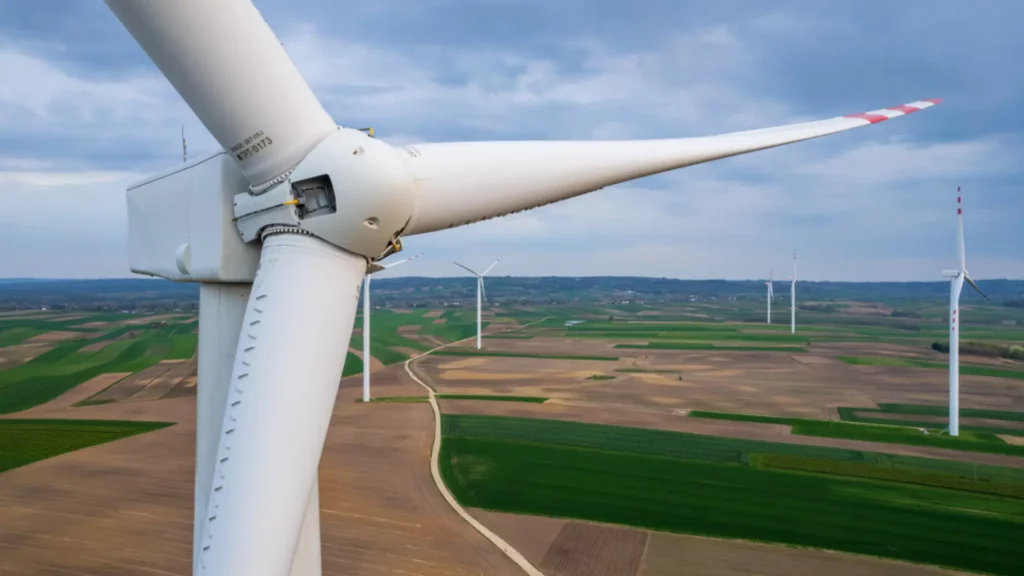The UK shut its last coal power plant, but there are still 50 power plants that generate almost a third of UK electricity every year.
The Labour government came to power with a bold plan to build a clean electrical infrastructure by 2030 to transform the UK into a green energy giant.
The National Energy System Operator (Neso) has released an independent report demonstrating how its ambition will become a reality. The system operator determined that the government’s plan to have clean energy would be feasible by the end of the decade, but action taken immediately will speed up the process of Britain’s green agenda.
But it is not a cheap plan. Figures from the Office for Budget Responsibility have estimated that the tax to fund renewable energy projects will increase from £12 billion in 2024–2025 to £14.8 billion in 2029–2030.
If Britain reduces its dependency on volatile global gas markets, it will reduce the costs. Neso estimated that using cheaper renewable energy and less gas-fired power would reduce the wholesale market price of electricity by 10%. The government policies will determine how this will affect the bills. Some of these fees are paid through electricity bills to be moved to gas bills or paid through general taxes.
Households and businesses can reduce their electricity costs by simply shifting their electricity use, such as charging their cars from periods of high demand to off-peak periods like overnight, which was particularly common among millions of homes. But by the end of the decade, its function as a power system flexibility would increase fourfold.
It does not mean the UK will end its fossil fuels. The UK shut its last coal power plant at the end of September, but there are still 50 power plants that generate almost a third of UK electricity every year. Neso has planned to create more clean power systems for the UK than it consumes. But it isn’t possible every single time. During those times, these gas power plants come as a rescue by providing temporary backup. Gas power will make up 5% of UK electricity generation. Neso suggests that the county will have 35GW of gas plants on standby in 2030, down from 37.4GW today.
There is no clean power energy without large-scale deployment of offshore wind with onshore wind and solar. So, more than half of the electricity needed for Great Britain comes from offshore wind farms and 29% from onshore wind and solar.
It is predicted that onshore wind will double, and solar farms will triple from the current capacity. The difference in the first scenario is Britain would need 50GW of offshore wind by 2030, while in the second path, offshore wind would reach 43GW. Both will satisfy the UK’s needs in a few years.
Other than renewable energy, battery storage will increase by about five times.
Many pylons, overhead power lines, and substations will be needed to connect the renewable energy projects to the electric grid. Neso expects £60 billion of cumulative investment to deliver 600 miles of onshore and 2800 miles of offshore network lines, more than twice constructed in the last ten years.
The UK is predicted to continue using wood biomass pellets, which are considered carbon neutral, even though environmental organizations and experts disapprove of it.
The system operation has called for gas plants that run on hydrogen gas or have carbon capture and storage (CCS) technology to contribute to the UK energy supply when offshore wind levels decline. This would account for 0.3GW by 2030 with high renewable energy, and if offshore wind is unable to reach its peak, it would be increased to 2.7GW.
The system operator anticipated that nuclear reactors would extend their lifespans. In the first scenario, one of the planned power units at Hinkley Point C will start producing electricity by 2030 for a total of 3.5GW; in the second scenario, it would increase to 4.1GW.
